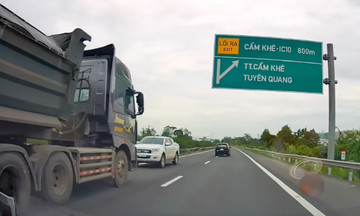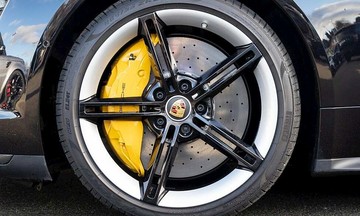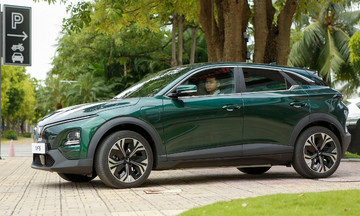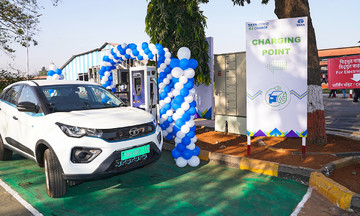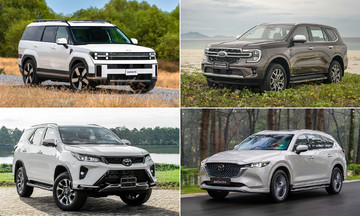Every battery in personal electric vehicles has a limited lifespan and degrades over time, even if not used regularly. Most batteries are recyclable, and each type has a different recycling process.
Lithium batteries (including lithium-ion and LFP - lithium iron phosphate)
First, expired batteries are collected, discharged to prevent fire and explosion, and sorted by chemical properties such as lithium-ion, lithium iron phosphate (LFP), and lithium cobalt oxide (LCO). The sorted batteries then move to the next step, which involves separating components like the casing, cathode, anode, protection circuit, and electrolyte.
After separating and removing the plastic casing, aluminum, and copper parts, the batteries are finely ground into a metal powder mixture called "black mass." This contains the metals that make up the most expensive parts of the battery: the cathode and anode. The black color comes from the high concentration of graphite in the battery's anode. There are two main methods for processing "black mass": hydrometallurgy and pyrometallurgy.
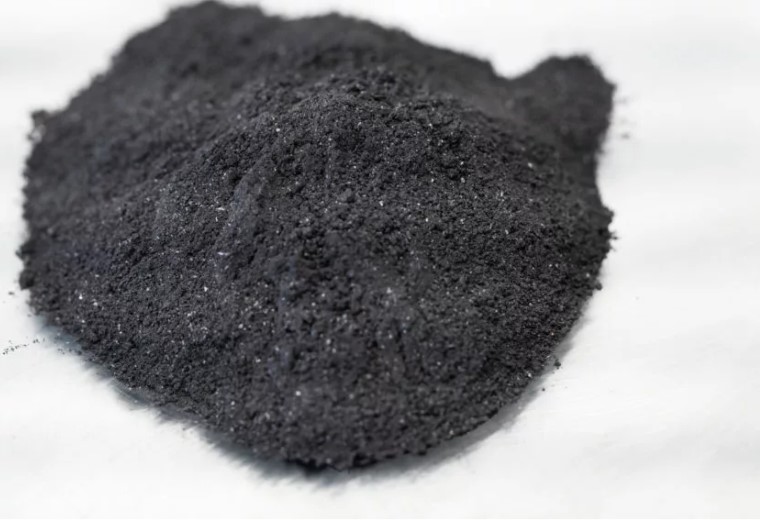 |
"Black mass" during the lithium-ion battery recycling process. Photo: Aquametals |
"Black mass" during the lithium-ion battery recycling process. Photo: Aquametals
Hydrometallurgy recycles lithium-ion batteries using acid (such as H2SO4 or HCl) to dissolve the metals in the "black mass." This reaction creates metal oxides, which are then separated through precipitation, extraction, or electrolysis. This method offers high recovery rates, especially for lithium, cobalt, nickel, and manganese, and yields pure output products that can be reused to manufacture new batteries.
The advantages of hydrometallurgy include low emissions of harmful gases, low energy consumption, low cost, and the recovery of most precious metals and lithium. However, the use of hazardous acids during extraction raises safety concerns, requiring wastewater and chemical waste treatment. This method also demands a complex and expensive process to selectively separate each metal salt.
 |
An employee monitors lithium-ion batteries on a conveyor belt in the Li-Cycle battery recycling plant in the US. Photo: Li-Cycle |
An employee monitors lithium-ion batteries on a conveyor belt in the Li-Cycle battery recycling plant in the US. Photo: Li-Cycle
In pyrometallurgy, disassembled batteries or "black mass" are mixed with additives and then smelted at high temperatures. Metals like cobalt, nickel, and copper melt into a liquid alloy, while other substances like lithium, aluminum, manganese, iron, and phosphate react to form slag or vaporize. Graphite and organic materials combust into CO2. The liquid alloy is then cooled, crushed, and further refined chemically to separate individual metals.
This method's advantages include scalability, the ability to process unsorted batteries, utilization of existing metallurgical infrastructure, less reliance on chemicals, and efficient cobalt and nickel recovery. The disadvantages are the difficulty in recovering lithium and graphite, high CO2 emissions, high energy consumption, and low efficiency with batteries that don't contain precious metals like LFP (which doesn't contain cobalt, nickel, or copper). Many battery recycling companies combine pyrometallurgy with hydrometallurgy to recover lithium, reduce emissions, and increase efficiency.
Lead-acid batteries
While the lithium-ion battery recycling process is complex and produces emissions, lead-acid battery recycling is much simpler and less expensive. The material recovery rate in lead-acid battery recycling is very high, reaching over 95%.
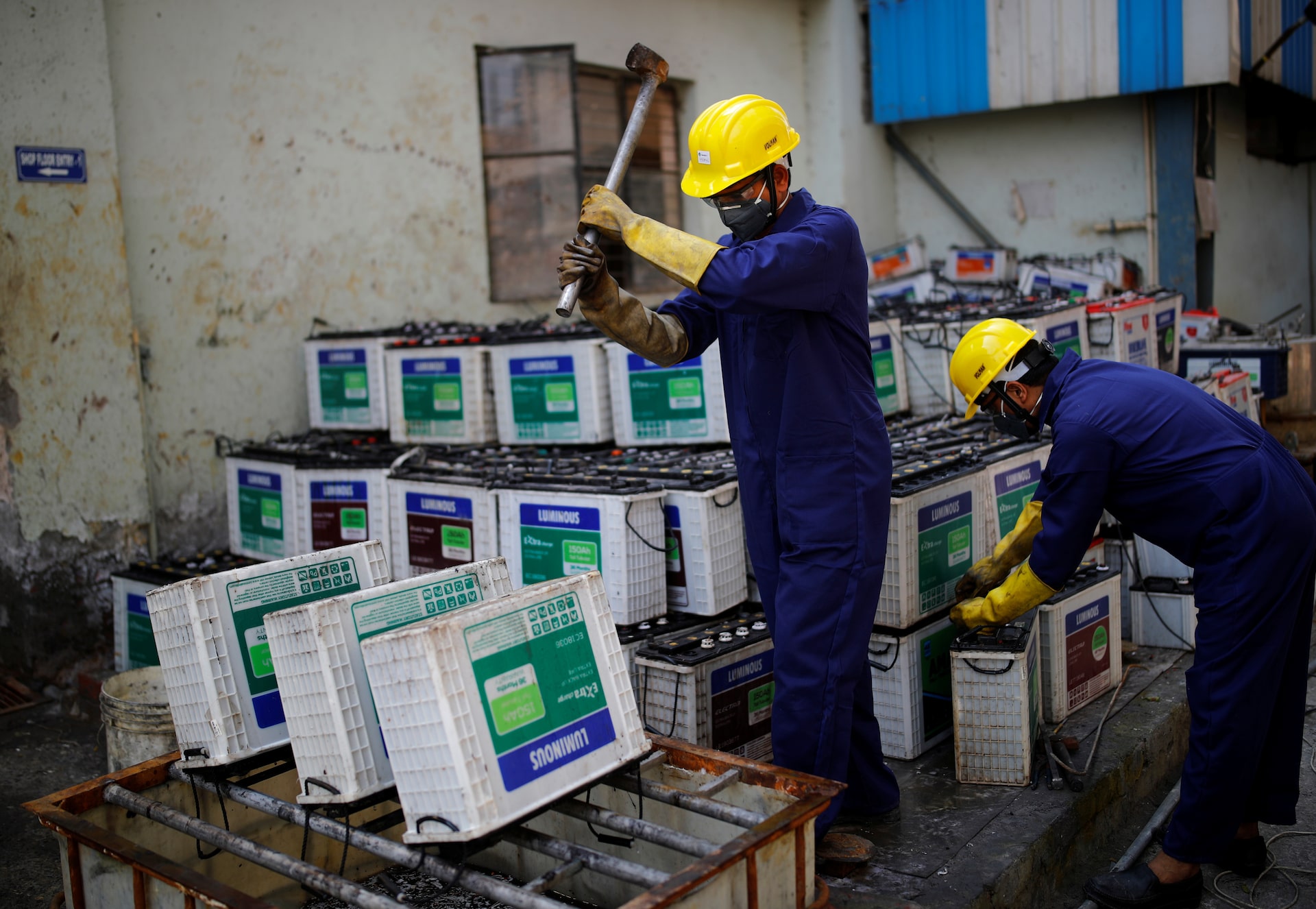 |
Workers dismantle lead-acid batteries for recycling at ACE Green Recycling Inc (India), 2021. Photo: Reuters |
Workers dismantle lead-acid batteries for recycling at ACE Green Recycling Inc (India), 2021. Photo: Reuters
First, old batteries are collected, inspected, and the sulfuric acid solution (H2SO4) is separated before the batteries are crushed. This mixture is then placed in a separation tank: the plastic battery casing floats and is collected for recycling into plastic pellets. The lead compounds (Pb, PbO2, PbSO2) sink to the bottom and are smelted to produce pure lead or lead alloys. The sulfuric acid solution is filtered to remove impurities and its concentration is adjusted for reuse or mixed with an alkali like slaked lime Ca(OH)2 or caustic soda NaOH to create gypsum (CaSO4.2H2O), used in construction.
This entire process can recover almost all materials in the battery, especially lead, and is commonly practiced globally due to its low cost, high economic efficiency, and easy technological control. However, this process also creates toxic gases if the recycling plant lacks air filtration, dust filtration, or wastewater treatment systems, especially in unlicensed, informal recycling facilities.
Ho Tan



